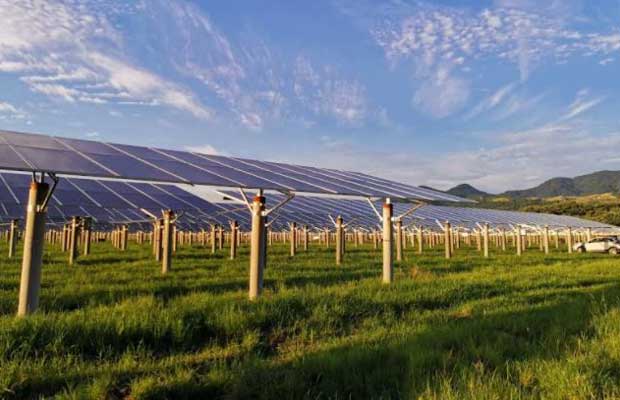A recent research report by the Institute of Energy Economics and Financial Analysis (IEEFA), released on Wednesday, claimed that Bangladesh could incorporate around 1,700 Megawatt (MW) to 3,400 MW of solar energy during the day and around 2,500 MW-4,000 MW of wind energy at night into their existing power system.
The report said that the South Asian country is already struggling with higher electricity subsidies, over-dominance of fossil-fuel energy, and import dependence. Bangladesh has already established a target of ensuring 40 percent of its total power comes from clean energy sources by the end of 2041.
The IEEFA report claimed this would demand additional funding, which could be tapped from multiple sources, including climate funds and international financing. The report, however, claimed that the fund required for the infusion of more renewables is cheaper than the power subsidies given by the government.
“The annual investment required for enhancing renewable energy capacity to 40% of Bangladesh’s power generation capacity by 2041 is lower than the power sector’s FY2021-22 subsidy burden of US$2.82 billion,” the report said. However, the increased electricity generation cost in the country, which lies around 8 Bangladeshi taka (tk) per unit, is set to cross double-digits by the end of the financial year 2022-23.
The report said that Bangladesh needs between US$1.53 billion and US$1.71 billion of annual investment from 2024 through 2041, not including the cost of grid modernization and storage facilities, to meet such a target of 40 percent by 2041.
“The annual investment required for enhancing renewable energy capacity to 40% of Bangladesh’s power generation capacity by 2041 is lower than the power sector’s FY2021-22 subsidy burden of US$2.82 billion,” the report said.
It also added that the grid-based power generation capacity in the state has increased from 5.4 GW in 2009 to 23.4 GW by the end of January 2023. However, it said that the state has been grappling with colossal subsidy burdens, higher prices of fossil fuels, and increased power generation costs.
“The strained power sector indicates that Bangladesh’s electricity generation model appears unsustainable. Increasingly competitive renewable energy capacity addition is more favourable for Bangladesh. However, without a clear transition pathway, the fossil fuels-driven electricity generation system will likely stay for the foreseeable future,” the report said.
The report said that the strained power sector indicates that Bangladesh’s electricity generation model appears unsustainable. It said that without a clear transition pathway, the fossil fuels-driven electricity generation system would likely stay for the foreseeable future.
“Drawing lessons from Indonesia and Vietnam’s Just Energy Transition Partnership, Bangladesh could explore the possibility of striking deals with developed countries to arrange finance for transforming its electricity sector. Additionally, rapid implementation of renewable energy projects would posit the need for designing conducive instruments,” the report said.

